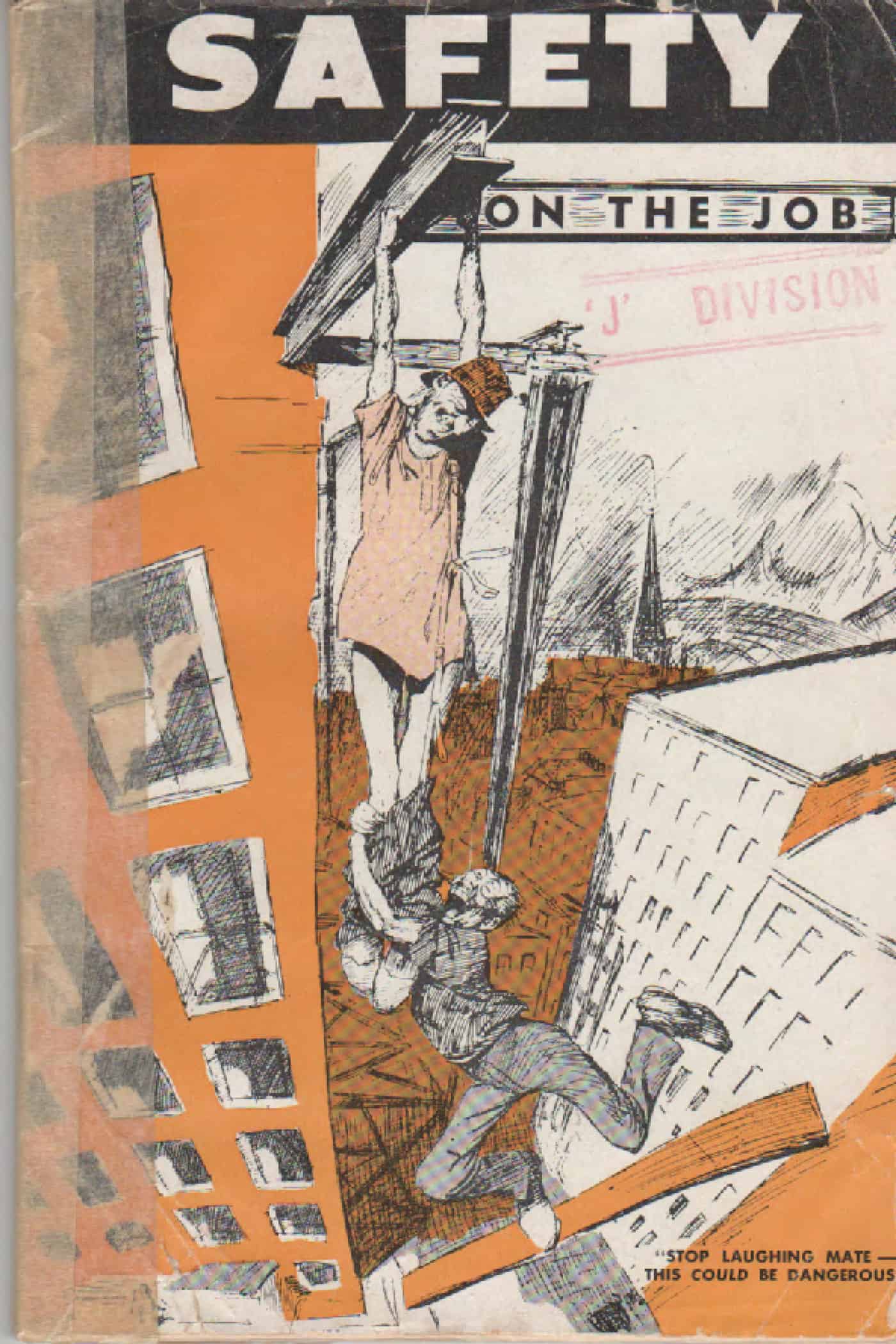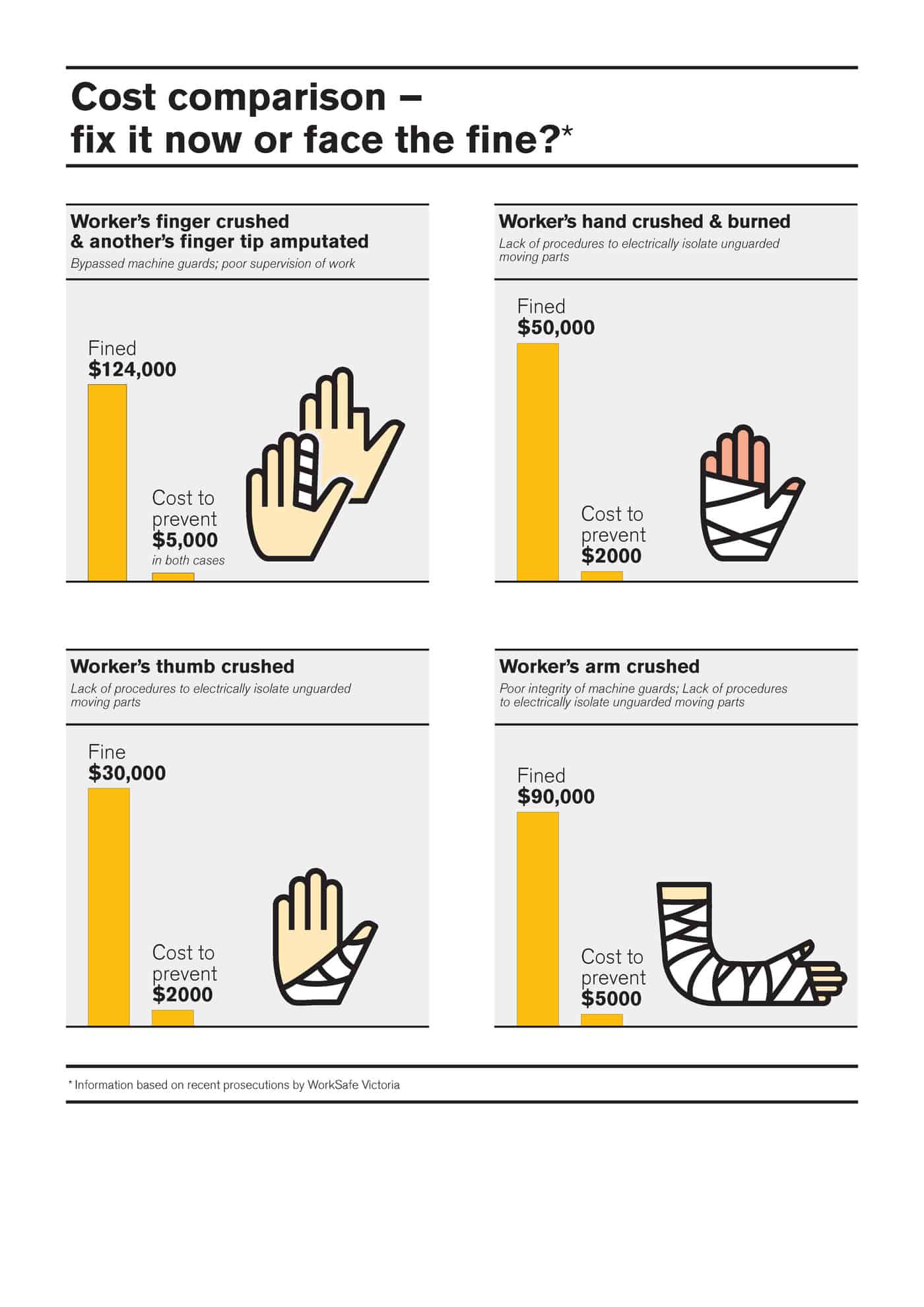 The report, issued last week, from Australia’s Parliamentary Inquiry into Workplace Bullying, is a terrific discussion on workplace bullying but is a major missed opportunity to achieve necessary change, and change in this area equates to the reduction of, principally, psychological harm to workers and their families.
The report, issued last week, from Australia’s Parliamentary Inquiry into Workplace Bullying, is a terrific discussion on workplace bullying but is a major missed opportunity to achieve necessary change, and change in this area equates to the reduction of, principally, psychological harm to workers and their families.
The report starts off shakily by giving prominence to a statement that is clearly wrong. Page 1 of the report quotes Carlo Caponecchia and Anne Wyatt, saying:
“Bullying is the key workplace health and safety issue of our time.”
Caponecchia and Wyatt may believe that, but to open a Parliamentary report with this quote shows poor judgement from the Committee by giving workplace bullying prominence over other workplace health and safety (WHS) hazards and issues. Workplace bullying may indeed be the most difficult workplace health and safety challenge but that is very different from what the quote says. Continue reading “Australia’s workplace bullying report is a missed mental health opportunity”



